Detroit NAIAS 2015
I went to Detroit and instead of taking pictures of ruin porn and talking about dying cities in some sort of deep thinkpiece about Rust Belt revival, here are some pictures of pretty, shiny new cars.
The Porsche 911 Targa 4S is an absolutely gorgeous creature – particularly in red – with a trick roof that folds magically into the trunk at the push of a button. It goes from 0 – 60 in 4.4 seconds with its 400 HP engine, and with a base price of just over $116,000 you can either get this, or maybe a nice starter home in western New York.
There were a lot of plugs sticking out of cars this year. Volkswagen showed off a cutaway version of its e-Golf so people could visualize its powertrain. I didn’t much care for that, so I got a shot of its back end with the LED rear lights that we may actually get in the US. The e-Golf has a 115 HP motor and can manage about 70 – 90 miles’ worth of range. So, yeah. Not perfected.
The big showcase at VW was the Cross Coupe GTE. It’s no big secret that VW’s new-ish Chattanooga factory will be adding some sort of 3-row crossover vehicle in the near future, and last year’s show gave people a taste of what that might look like – the CrossBlue. By contrast, this Cross Coupe can be plugged into the wall, has two rows of seating, and is similar in feel and styling to the BMW X4. Its design is also not dissimilar to the current Passat, which is a bit blah and dated.
This concept sports a big V6 hybrid engine, enabling a 0-60 time of 6 seconds and an equivalent MPG rating of 70.
Design-wise, I get the feeling VW could do better. More interesting was the new Golf Sportwagon, which will reportedly come with a diesel engine, a manual transmission, and 4Motion AWD.
Mini was showing off a 4-door Cooper, but this was much more interesting. It looks like a prop straight from an Austin Powers movie, what with the Union Jack taillights. The Mini Superleggera – a term more commonly associated with Ferraris, Lancias, and Alfa Romeos – harkens back to the swinging 60s when Italian carmakers began to mate “fun to drive” with “fuel economy. Although the front end looks like a Mini, it also looks a little like the retro Ford Thunderbird. It’ll never see production looking like this, but I like where Mini’s head is at.
You may have seen BMW’s Super Bowl ad for the i3, featuring Bryant Gumbel and Katie Couric reprising their famous mid-90s cluelessness about the internet. Below is the BMW i8, another plug-in hybrid, and this one costs $136,000. With room for 4, the i8’s turbocharged 3-cylinder engine with electric motor offers just under 360 HP and goes from 0 – 60 in a whiplash-inducing 3.8 seconds. It manages to do so offering 70 MPGe.
The last iteration of the Audi Q7 always looked a bit like a whale – too big and too rounded. It now sports a far more aggressive visage:
Audi also introduced the Q3 mini CUV, designed to compete with the BMW X1 and the Mercedes GLA.
For its part, Mercedes showed off a rolling suppository:
Cadillac is trying to become more of a player on the international scene. The new ATS is aimed directly at the BMW 3-series. It comes with a choice of three engines, and you can even get a manual transmission mated to the 4-cylinder turbo. Reviewers say the rear-wheel drive compact is a real contender, handling even better than its Teutonic competition.
The Nissan Juke is a car you may have heard of, and have likely seen. If you’ve seen it, you either think it looks kind of cool, or you hate it with the heat of a thousand suns. Honda is here to give you Juke size and handling in a compact city CUV, but without the hideous styling. The HR-V is a bit smaller than the current CR-V, will come with available AWD, and is small enough to parallel park with ease.
It wasn’t long ago that Ford gave the US some watered-down re-skin of the original late-90s Focus because small cars were for cheapskates. Now, you can buy the Focus ST with a turbocharged 4-cylinder engine making 250+ HP and 270 lb/ft of torque. With a manual transmission. Thanks, Ford!
And if you’re a gazillionaire, maybe you want the Ford GT. It has a twin-turbo 3.5L V6 making 600 HP. Neither you nor I will ever be able to own this halo car, and it’s unlikely we’ll ever see one in the wild.
But if you’re regular people, the Ford Transit Connect will seat 6 people – 7 uncomfortably – in a compact wagon not dissimilar from the Mazda5.
This is my favorite. The new Volvo XC90 takes another whale of an SUV and turns it into something downright gorgeous. This particular model – the sporty R-design- comes with a funky matte blue paint that almost absorbs light. They call it “silk metal”. Nevertheless, it seats 7 people comfortably in three rows of gorgeous leather. Not yet for sale, the R-Design will likely come with a 400-HP hybrid powertrain, or Volvo’s supercharged 4-cylinder engine. Either way, this is a grocery getter that will do your Wegmans run in head-turning style. 
Here’s the new Corvette. It was so mobbed these were the best pictures I could get of it. It has more aggressive styling, an interior that doesn’t look cheaper than a Hyundai’s, and goes fast and whatnot.
The new Chevy Volt, however, looks more like a regular car and less like a reject from the 80-s era Saturn Ion dustbin. In fact, it looks vaguely like the Toyota Corolla, a people-mover that’s designed to sort of blend into the scenery. This Volt is scheduled to come out in the 2016 model year, and be more economical than its predecessor. I just like that it isn’t hideous anymore. 
Here’s another Chevy concept called the Bolt EV. Chevy says it’ll get 200 miles of range. That’s nice, but there’s something about that design – it’s like a Honda Fit and a Smart forTwo had a lovechild.
Here is a Maserati that looks like a shark. It’s called the “Alfieri” and has a 4.7L V8 engine making 460 HP. It wasn’t plugged into the wall.
Here’s a Jaguar F-Type with a catchy hashtag: “#LongLivetheManual. Indeed, it had a 6-speed manual transmission. I don’t quite understand why manual transmissions are now like bookends, either included as base equipment in de-contented econoboxes, or else a costly option in cars that cost like a house in Cheektowaga. Either way, I’m happy to see them when I see them.
Alfa Romeo are back in the US, thanks to the Fiat-Chrysler marriage, and the 4C represents its triumphant return. Do yourself a favor and queue up episode 2 of Season 21 of Top Gear UK and watch Richard Hammond race a 4C around Lake Como against Jeremy Clarkson on a…more interesting vehicle.
Fiat is taking aim at Mini’s Countryman mini-CUV with its 500x. It will have available AWD and is small enough to whip around city streets.
Honda (Acura, but whatever) have finally updated the NSX for the 21st century. Another halo car aimed directly at millionaire mid-life crisis types, it has a twin-turbo 6-cylinder engine and 3 electric motors to get you going pretty damn fast. It’ll also cost $150,000 and be manufactured in Ohio. 











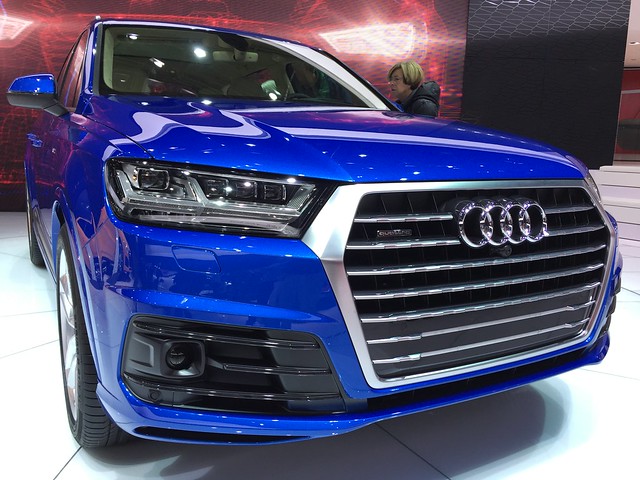
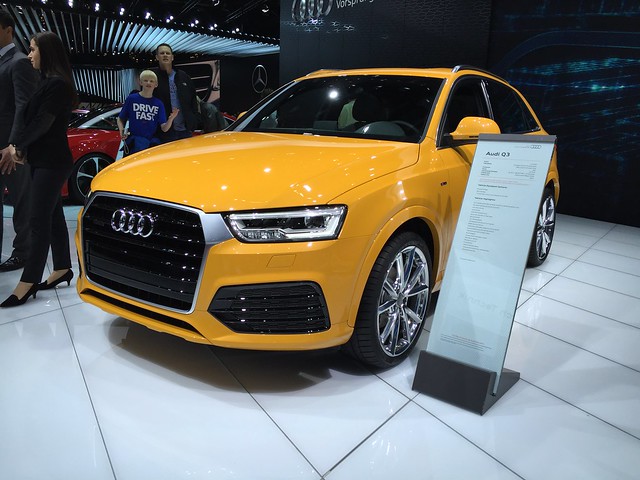
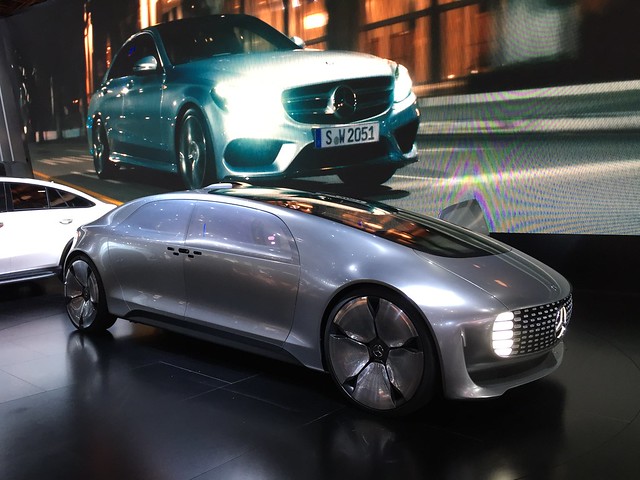
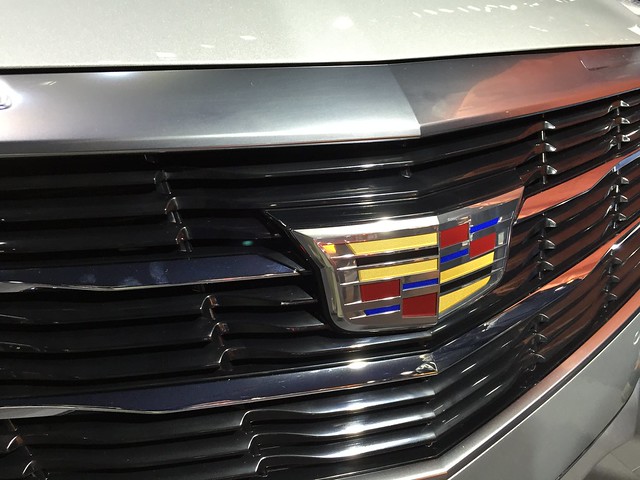
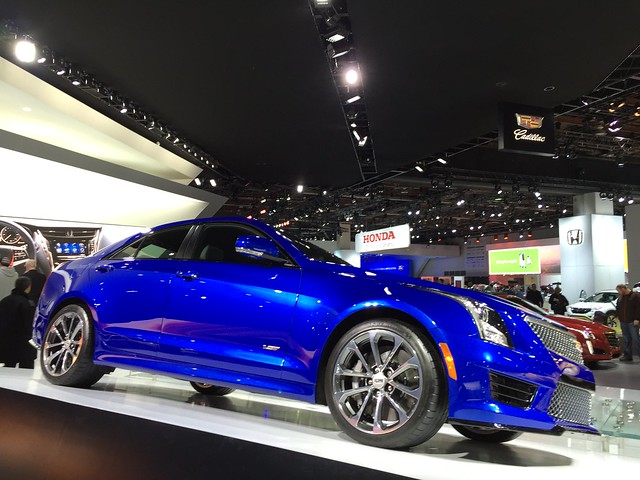
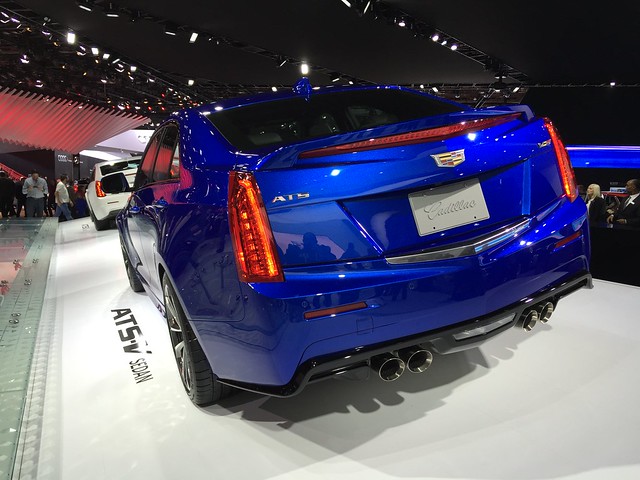
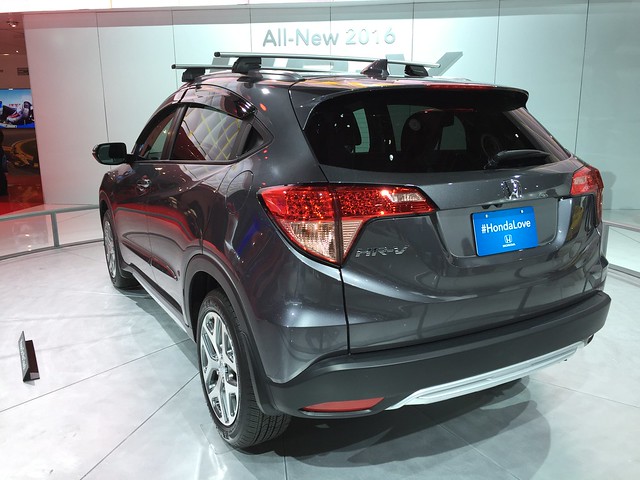

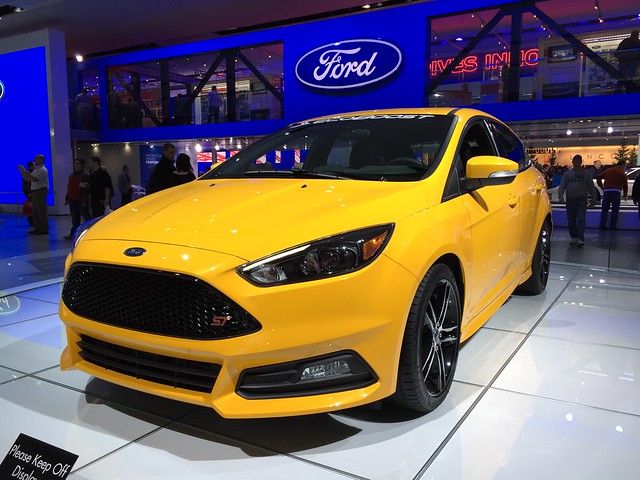




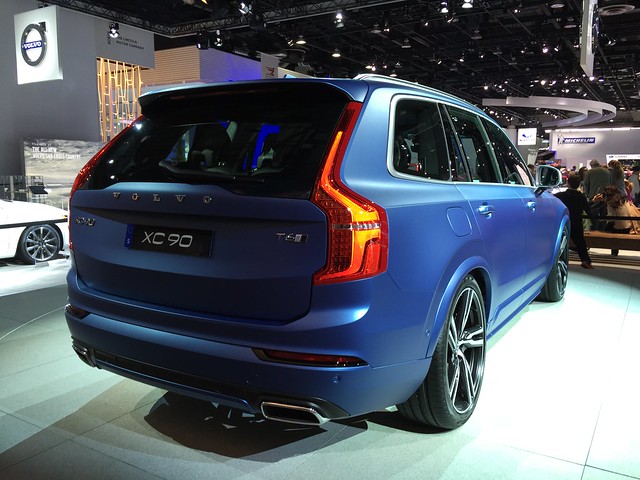
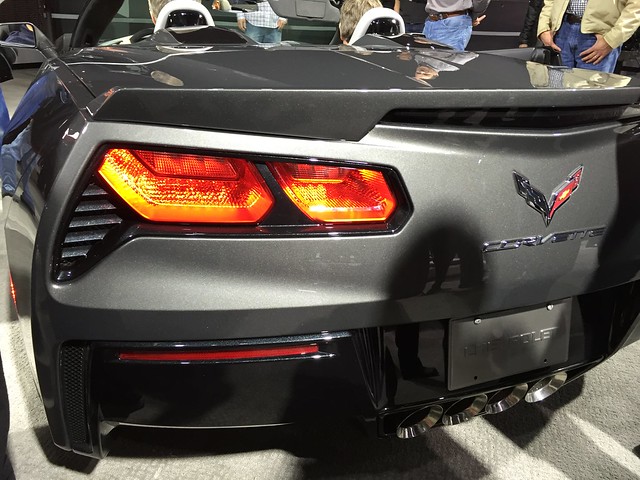
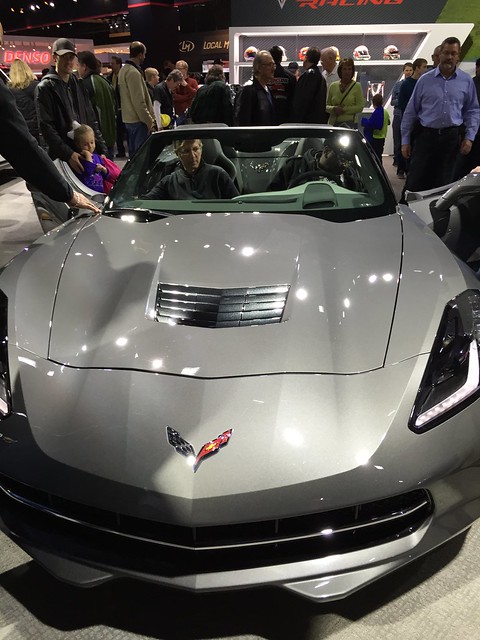
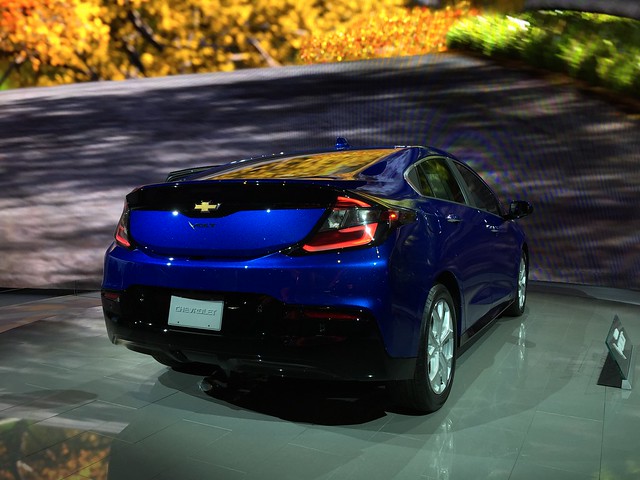



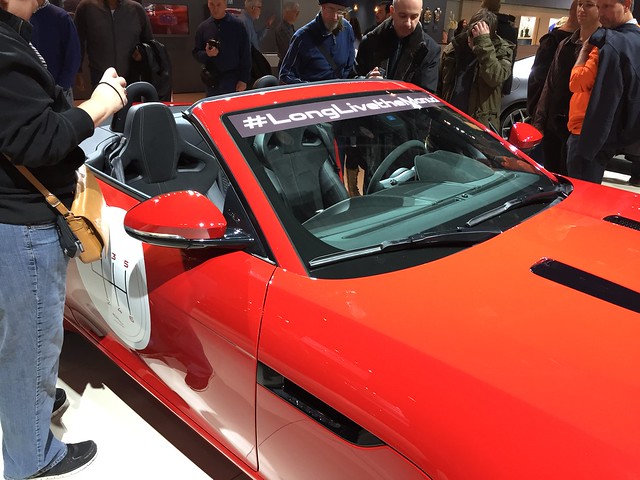
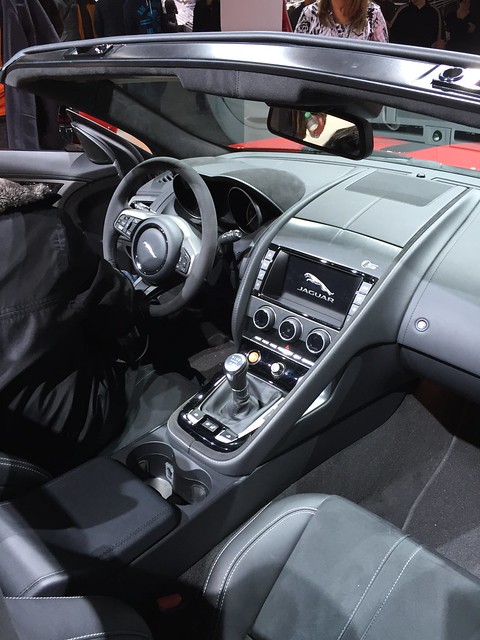



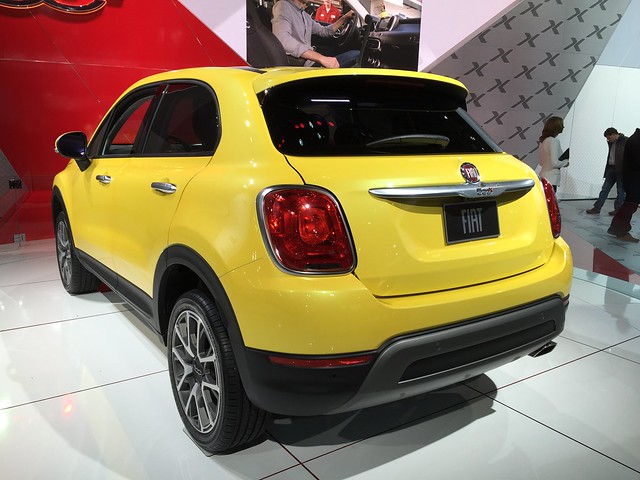


 I realize that Chris
I realize that Chris